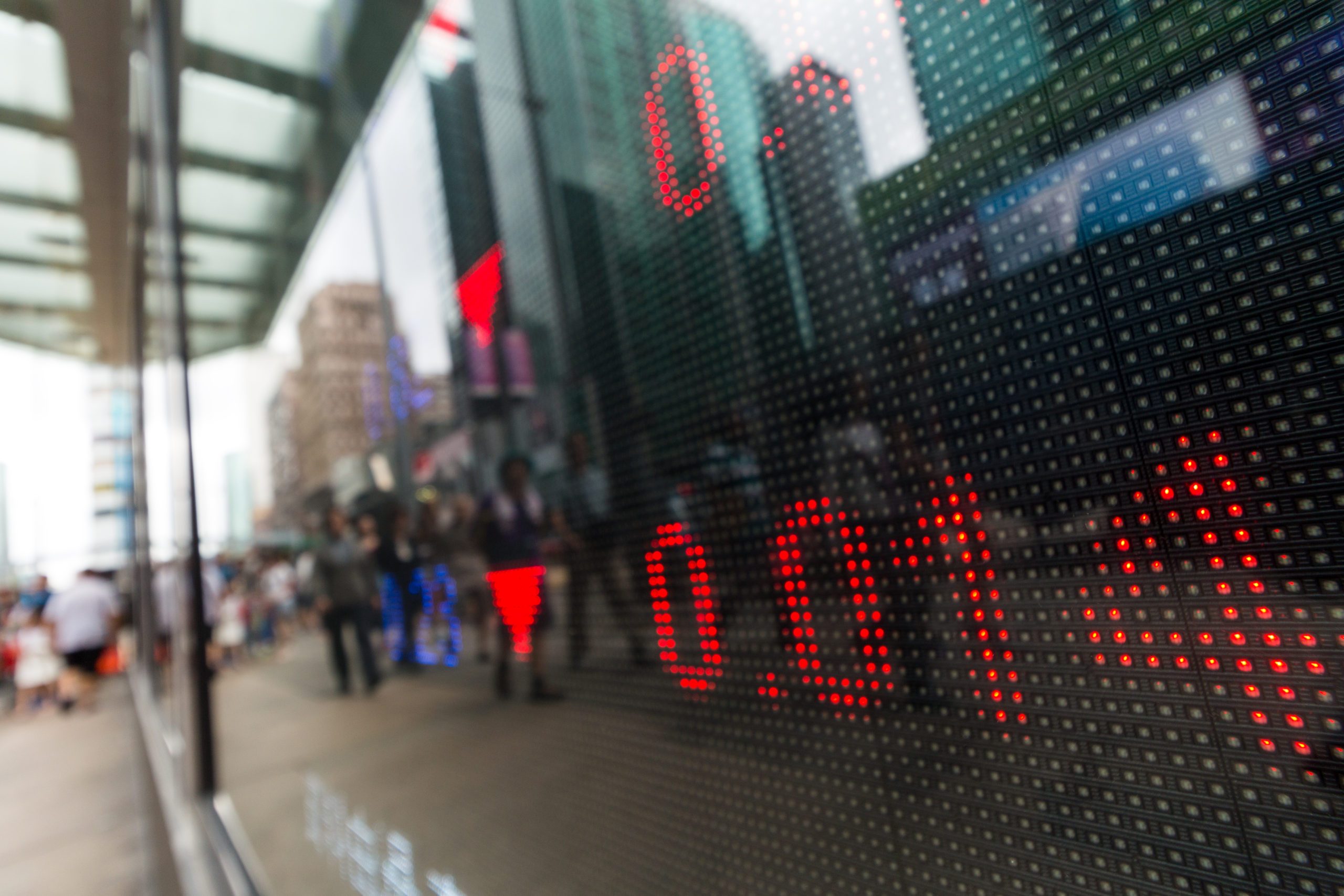MACD is an indicator for technical analysis and its name comes from its acronym:
Moving Average Convergence Divergence
This tool is used to identify moving averages that indicate a new trend.
After all, our number 1 priority when trading currencies is to be able to identify a trend because that is what can generate the most money for us.

Activate the MACD indicator on your trading platform and you will see three numbers:
- The first of these numbers is the number of periods. It calculates the fast-moving average.
- The second is the number of periods that are used in the slower moving average.
- The third is the number of bars used to calculate the moving average. This is the difference between the fastest and slowest moving averages.
For example, if you see “12, 26, 9” as the MACD parameters, you should interpret it like this:
- The 12 represents the previous 12 bars of the fastest moving average
- The 26 represents the previous 26 bars of the slowest moving average
- The 9 represents the previous 9 bars of the difference between the two moving averages. This is going on a histogram (series of vertical bars). In the graph above, we see it in the blue bars.
There is a common misunderstanding regarding MACD lines. The two lines drawn are not moving averages of the price. There are the moving averages of the difference between the two moving averages.
In our example above, the fastest moving average is the moving average of the difference between 12 and 26. The slowest moving average is the average of the MACD line above.
This means that we are taking the average of the last 9 periods and the fastest MACD line is placed as our slowest moving average. What this does is normalize the original line a bit more, which gives us a more exact line.
The histogram shows the difference between slow and fast-moving average. Look at our original chart you will see that as the two moving averages separate, the histogram becomes larger. This is because the fast-moving average diverges or moves away from the slow-moving average.
As the moving averages get closer, the histogram gets smaller. This is a convergence because the fast moving average is approaching the slow moving average.
MACD line crossovers
There are two different moving averages with different speeds. The faster one will logically be faster to react to price movements than the slower one. When there is a trend, the line will react first and will eventually cross the slower line. When this crossover occurs, the faster line begins to diverge from the slow line. This usually indicates that a new trend has formed.
In the chart above the fast line crosses the slow line. This correctly identifies a new downward trend. Notice that at the point where the lines intersect, the histogram temporarily disappears. This is because the difference between the lines at that time is 0. When the downtrend starts, the fast line diverges from the slow line. This causes the histogram to become larger, which is a good indicator of a strong trend.
MACD Strategy – Scalping
In this approach, the trader seeks to profit on very small movements of the market, and to trade based on the entry or exit of the signal line relative to the histogram. Taking profit can be done after a few pips.
The scalping system uses the MACD in different ways. The goal of using the MACD in this way is to capture a trend with a longer time frame for a successful 5 minute scalping.
Indicators
- EMA 34 (Blue)
- EMA 55 (Red)
- MACD (34,89,34)
- Stochastic Oscillator (8,1,3 and 13,1,3), covered
- Admiral Pivot set to H1
Time frame: 5m
Recomended pairs:
- EUR/USD
- GBP/USD
- GBP/JPY
- USD/JPY
- AUD/USD
- EUR/JPY
- USD/CHF
Long entries
- EMA 34 blue should be above EMA 55 red
- MACD should be above the 0 line
- A Recently overbought stochastic indicator
- The goal is Admiral Pivot Point schedule
Short tickets
- EMA 34 Blue should be below EMA 55 Red
- MACD should be below the 0 line
- A Recently oversold stochastic indicator
MACD Indicator – Best Instruments
The MACD technical indicator works particularly well in trend markets. It tends to give false signals when the market is in range or lateral.
The MACD in Forex can do very well in the major currency pairs, such as EURUSD, GBPUSD or USDJPY. The MACD in Forex can be used for a scalping, intraday or swing trading strategy.
Trading CFDs with the MACD can also satisfy traders of stock indices, such as the DAX and the Dow Jones, who offer good trading opportunities for intraday and swing trading.
The indicator can also be used to trade commodities such as gold and silver in scalping and day trading. Oil can also be considered, but you should have experience because it is a particularly volatile market.
Finally, the MACD for cryptocurrencies may not be a very good trading strategy, except perhaps in swing trading. The very high volatility of cryptocurrencies multiplies the false signals of the MACD and that excludes it from the indicators adapted to cryptocurrency trading, even if its use is possible.
Conclusion
The MACD indicator represents a tool with a wide range of techniques that you can start exploring on your own as the basis for a MACD Forex strategy or simply as a complement to your current approach.
In fact, this is a very special tool, which brings together the trend and the momentum of the market. This indicator can also be used in the stock market, as it performs the role of scanner to identify the best opportunities for action.
Be aware that trading strategies are not infallible. Trading in the financial markets carries risks, so we always recommend practicing first on a demo account and with a regulated broker. Once you feel confident you can take the next step with a real trading account.




